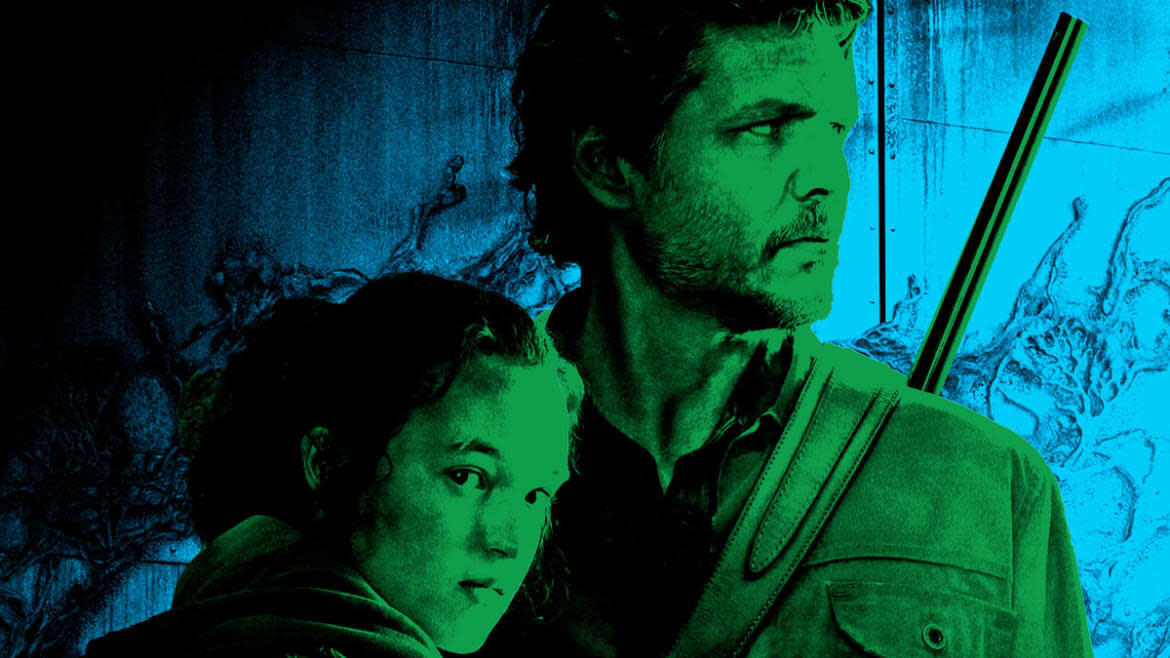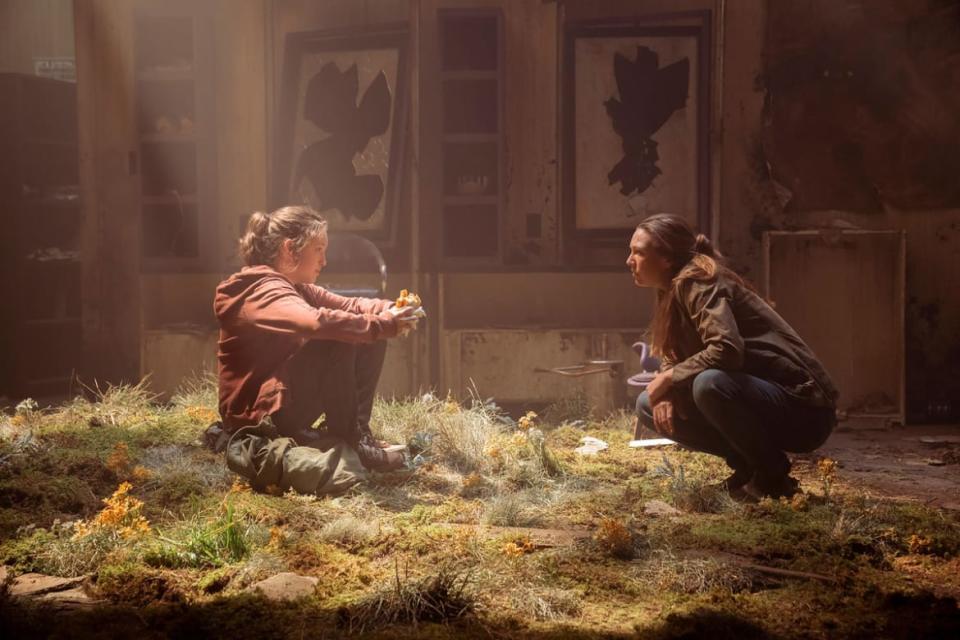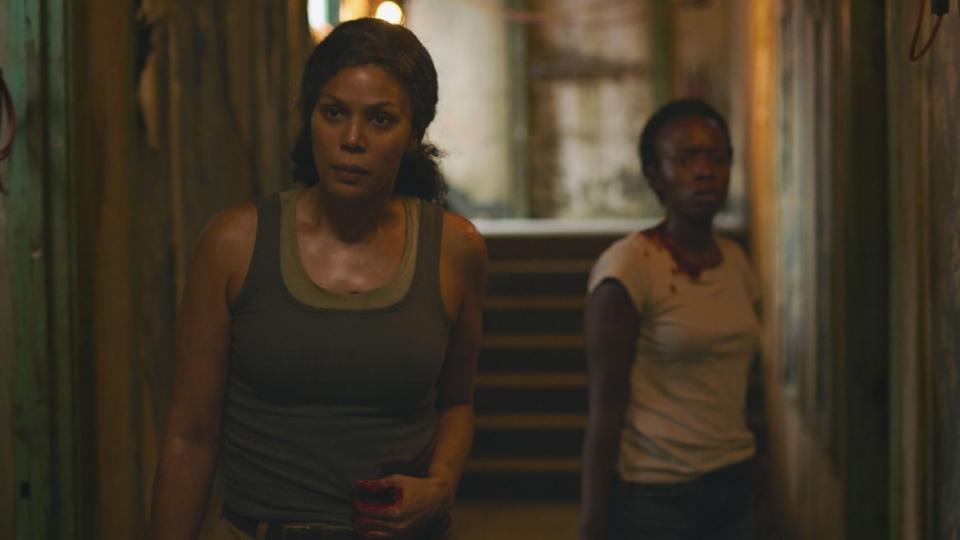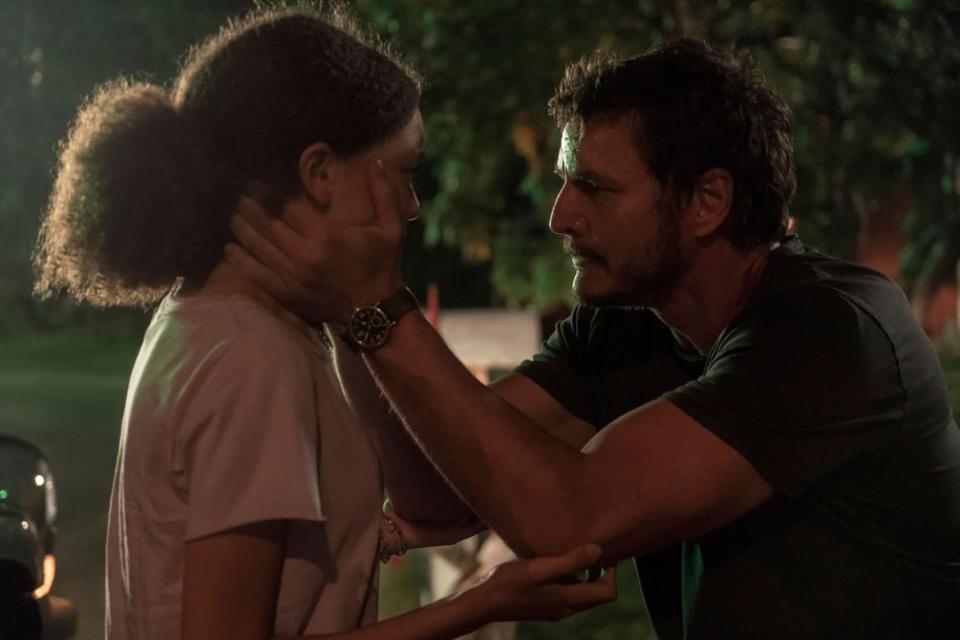HBO’s Masterful ‘The Last of Us’ Is the Best Video Game Adaptation Ever

As heartbreakingly faithful as it is riveting and suspenseful, The Last of Us is a triumph that ends any further debate about the all-time best video game adaptation.
Spearheaded by the acclaimed PlayStation title’s creator Neil Druckmann and Chernobyl’s Craig Mazin, and designed to satisfy fans and newbies alike, the series is a post-apocalyptic nightmare that, as with its source, is at once familiar and original, action-packed and mournful. Barring some Armageddon-grade calamity, it seems destined to be HBO’s next big blockbuster.
The Last of Us, which premieres Jan. 15, is littered with Easter eggs for die-hards, from comics and movie posters to a book of jokey puns that provides sporadic levity amidst the crushing gloom. More important than those flourishes, however, is that the drama sticks closely to the events of Druckmann’s initial game without duplicating its every plot point.
Whether exactingly reproducing incidents or fashioning novel ones, Druckmann and Mazin aesthetically and narratively channel their predecessor’s spirit through encounters, skirmishes, and obstacles that echo the hit’s fundamental gameplay. Silently sneaking around enemies, taking cover behind dilapidated cars, boosting comrades up to plateaus in order to reach ladders, and scavenging in gone-to-seed buildings and stores are all bedrock elements seamlessly woven into the fabric of the duo’s scripted material.

In other words: If you enjoyed playing The Last of Us, you’ll likely love watching it unfold over the course of nine captivating small-screen episodes. Those who’ve never picked up a PS5 controller, meanwhile, won’t have any trouble immersing themselves in this world, whose doom arrives in 2003 courtesy of a global pandemic involving a mutated fungus that—as explained by a 1968 TV talk-show prologue—can control and devour its host.
That bio-villain is known as Cordyceps, and its outbreak explodes without warning, much to the misfortune of Texas contractor Joel (Pedro Pascal), his brother Tommy (Gabriel Luna), and his daughter Sarah (Nico Parker). Thrust into unexpected chaos, their lives are quickly torn apart by tragedy. Twenty years later, Joel is a grizzled survivor with a grim maintenance job in Boston’s Quarantined Zone (QZ) and a chip on his shoulder a continent wide.
Why ‘The Last of Us’ Is the Video Game That Changed My Life
Caught between the federal forces that run the QZ and the Firefly rebels that want to overthrow them, Joel yearns to escape with partner Tess (Anna Torv) and locate Tommy, who’s gone incommunicado somewhere in Wyoming. The key to their departure is a car battery, although when those plans go south, they’re offered a surprising new opportunity courtesy of Firefly leader Marlene (Merle Dandridge): transport feisty 14-year-old orphan Ellie (Bella Ramsey) to a western outpost in return for all the traveling supplies they could desire.
Tess convinces uninterested Joel to accept this deal. Their journey is immediately complicated not only by soldiers unwilling to let them waltz out of the QZ, but by the infected individuals waiting for them beyond its borders: ferocious zombie-esque creatures that spread disease via bites, communicate via hive-mind connections (a new, welcome twist), and have—in worst-case scenarios—devolved into horrific “clickers” that boast split-open heads and super-hearing to compensate for their blindness.
The story of Joel and Ellie’s trek across this treacherous wasteland, marked by ruined remnants of modern civilization and populated by human and inhuman monsters, The Last of Us is a cross between Cormac McCarthy’s The Road and AMC’s The Walking Dead, and it’s rooted in the growing relationship between its protagonists. Both catastrophically wounded by loss and abandonment, Joel and Ellie are an obvious surrogate-family pair.

As in the games, Mazin and Druckmann let their bond mature slowly, with each step along their path providing small but meaningful chances to drop their guard and, in doing so, to feel things they’d long since left behind. Theirs is a dynamic of slowly developing trust and warmth amidst hardship and despair—the latter born not only from personal ordeals, but also from a life determined to grind them into dust.
Optimism is a strength and a weakness in The Last of Us, just as morality is a concept in constant, perilous flux.
The push-pull between right and wrong, selfishness and altruism, is ever-present as Joel and Ellie venture across this hollowed-out United States, coming into contact with a caring gay couple (Nick Offerman and Murray Bartlett), a traitorous teen (Lamar Johnson) and his deaf younger brother (Keivonn Woodard), a ruthless resistance leader (Melanie Lynskey), and a religious zealot (Scott Shepherd). Be they taken straight from the games or invented specifically for the series, these peripheral figures are treated by Mazin and Druckmann with an empathy and depth that expands the show’s fictional reality and the messy ethical quandaries that define it.

Joel and Ellie’s closeness is the crux of The Last of Us, and Pascal and Ramsey share a chemistry that sells their joint evolutions from hostility to respect to affection—a transition underscored by the fact that they have dark, ugly secrets they prefer to keep buried. Exhibiting a subtlety that typifies the series’ storytelling, the leads shoulder the lion’s share of the proceedings side-by-side—although stand-alone chapters touch upon their characters’ respective histories and, with them, the onerous burdens they carry.
Mazin and Druckmann habitually, and shrewdly, introduce micro and macro details at early stages, only to flesh them out at later dates. It’s a strategy that makes their ravaged universe feel bigger, even as the pit-stops along Joel and Ellie’s odyssey suggest that humanity is collapsing in on itself—or at least struggling to avoid reverting to its primal form.
‘The Walking Dead’ Was Bad Years Before Its Whimper of a Series Finale
Fittingly, given its harsh settings, the series’ violence is sudden, brutal, and final, and its moments of joy are all the more poignant for being muted and brief. In this hellscape of fascists and fanatics, bombed-out cities, and barren plains, hope routinely breeds fear, both for one’s own safety and for the safety of others. More shattering still, those who’ve made it to the conclusion of Druckmann’s first game know that finding purpose and meaning (and, most valuable of all, family) can sometimes turn out to be a double-edged sword.
As The Last of Us contends, love is what keeps us together—and, also, the one thing with the capacity to make us become Death, the destroyer of worlds.
Get the Daily Beast's biggest scoops and scandals delivered right to your inbox. Sign up now.
Stay informed and gain unlimited access to the Daily Beast's unmatched reporting. Subscribe now.


